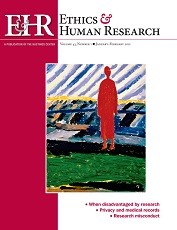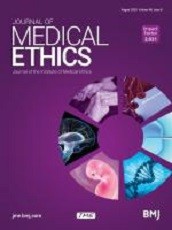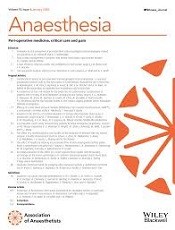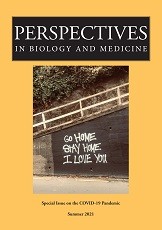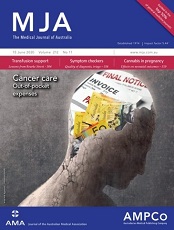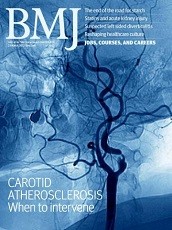Dimitra Chousou, Daniela Theodoridou, George Boutlas, Anna Batistatou, Christos Yapijakis, Maria Syrrou
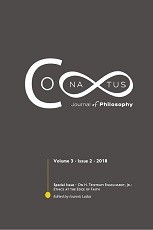
Abstract
Heredity and reproduction have always been matters of concern. Eugenics is a story that began well before the Holocaust, but the Holocaust completely changed the way eugenics was perceived at that time. What began with Galton (1883) as a scientific movement aimed at the improvement of the human race based on the theories and principles of heredity and statistics became by the beginning of the 20th century an international movement that sought to engineer human supremacy. Eugenic ideas, however, trace back to ancient Greek aristocratic ideas exemplified in Plato’s Republic, which played an important role in shaping modern eugenic social practices and government policies. Both positive (encouragement of the propagation of the fit, namely without hereditary afflictions, i.e. socially acceptable) and negative (institutionalization, sterilization, euthanasia) eugenics focused on the encouragement of healthy and discouragement of unhealthy reproduction. All these practices were often based on existing prejudices about race and disability. In this article, we will focus on the rise of eugenics, starting with the publication of Origin of Species to the Holocaust. This examination will be multidisciplinary, utilizing genetics, legal history and bioethical aspects. Through this examination, we will discuss how provisional understandings of genetics influenced eugenics-based legislation. We will also discuss the rise of biopolitics, the change of medical ethos and stance towards negative eugenics policies, and the possible power of bioethical principles to prevent such phenomena.
Chousou D, Theodoridou D, Boutlas G, Batistatou A, Yapijakis C, Syrrou M. Eugenics between Darwin’s Εra and the Holocaust. Conatus J Philosophy; 2019 4(2); 171-204. DOI: https://dx.doi.org/10.12681/cjp.21061.

